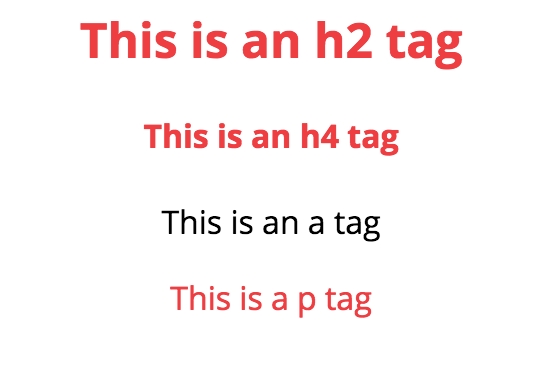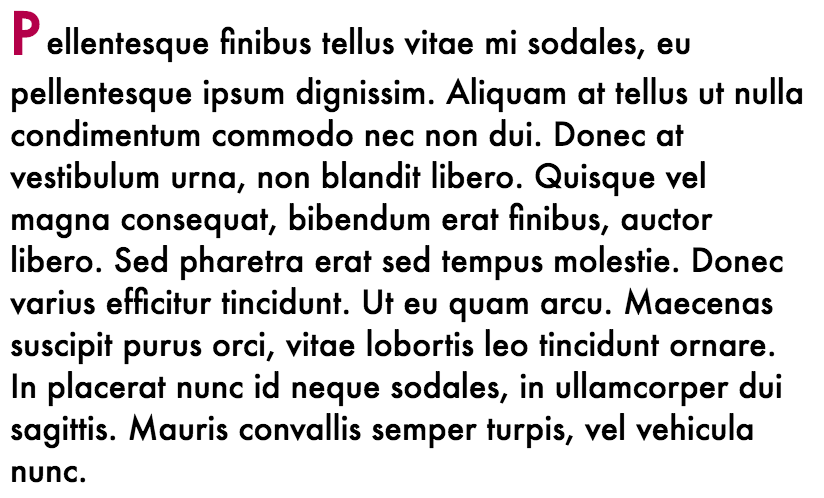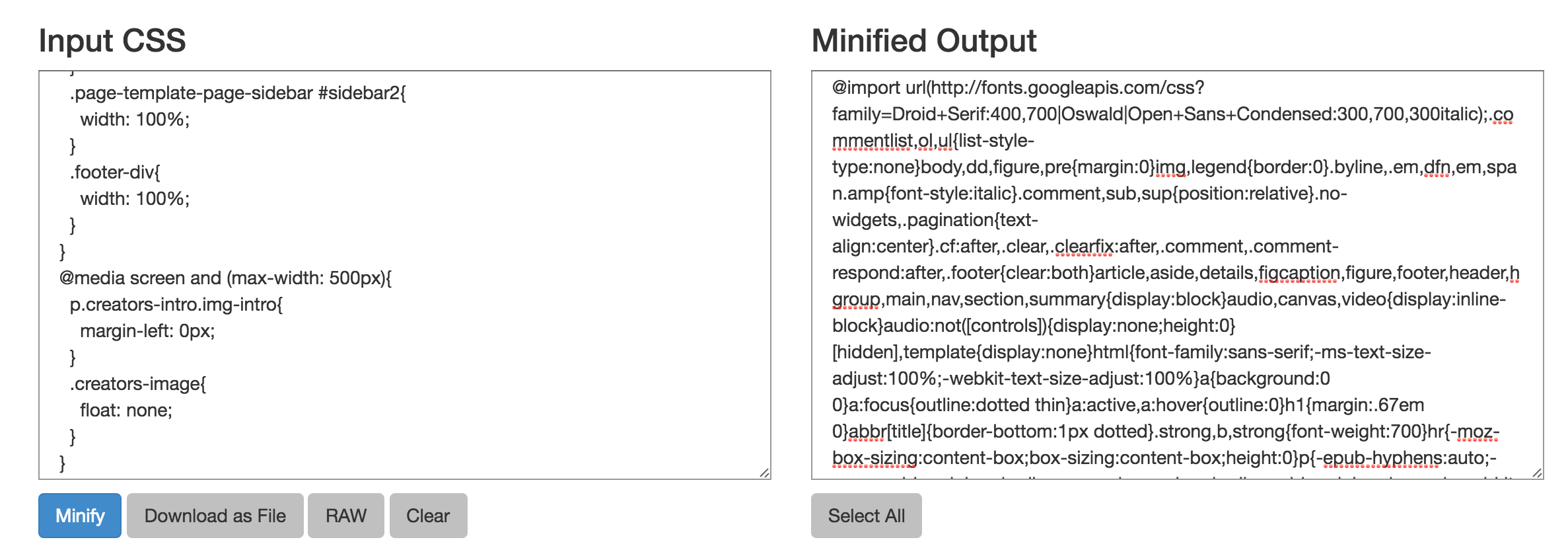Media Queries: General Guidelines
Using media queries is a great way to optimize your sites for all different mobile viewports. When using media queries to make your site responsive and mobile friendly, it’s important to keep certain breaking points in mind. Use the media […]





